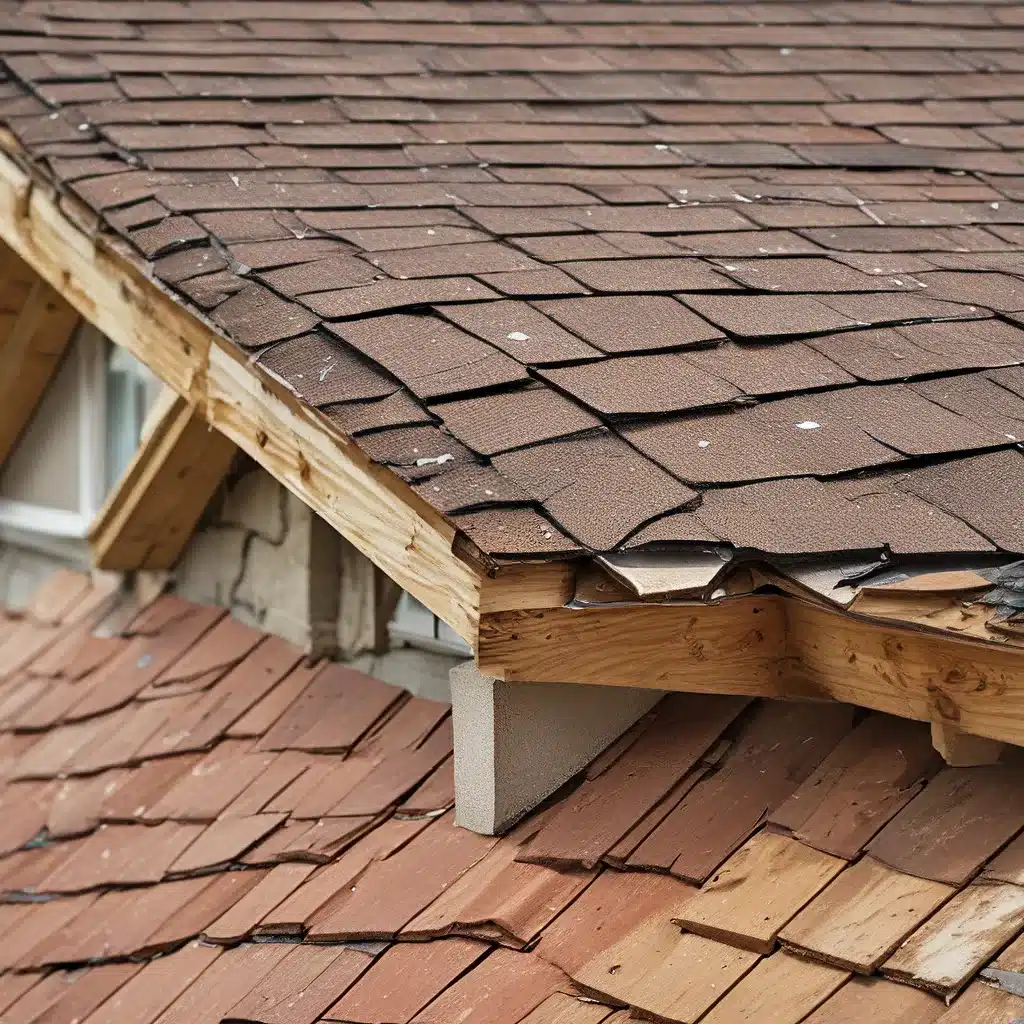
As a homeowner, the thought of a natural disaster striking can be downright terrifying. Hurricanes, tornadoes, and even heavy snowstorms can wreak havoc on our homes, and the roof is often the first line of defense. That’s why it’s crucial to take proactive steps to reinforce your roof and protect your family and your investment.
Prioritizing Resilient Construction Techniques
When it comes to safeguarding your home against Mother Nature’s wrath, the foundation starts with the roof. By prioritizing resilient construction techniques, you can significantly increase your chances of weathering the storm.
One key aspect is using high-performance reinforced concrete for the roof structure. This material can withstand the intense winds and impacts associated with natural disasters, ensuring your roof remains intact even in the face of a powerful hurricane or tornado.
Alongside the sturdy concrete, impact-resistant windows and reinforced roofing materials are also essential. These specialized materials are designed to resist shattering, denting, or tearing, giving your home an extra layer of protection.
But it’s not just about the materials – the way they’re installed also plays a crucial role. Proper anchoring and fastening techniques are vital to ensure your roof stays firmly in place, even when the winds start to howl.
Backup Power and Essential Systems
When a natural disaster strikes, the last thing you want to worry about is losing power. That’s why maintaining backup power supplies should be a top priority. Whether it’s a generator, solar panels with battery storage, or even power banks, having a reliable alternative source of electricity can make all the difference in keeping your family safe and comfortable during and after the storm.
Beyond just lighting, these backup power solutions also ensure that critical systems like refrigeration, communication devices, and heating/cooling continue to function. This not only provides comfort but also helps preserve essential supplies and maintain contact with the outside world, which can be a lifeline in the aftermath of a disaster.
Optimizing Landscaping and Drainage
While the roof may be the star of the show when it comes to natural disaster preparedness, the surrounding landscape and drainage system play a crucial supporting role. Proper landscaping and drainage can significantly mitigate the impact of flooding and water damage.
By designing your landscape to channel water away from the house, you can reduce the risk of water intrusion and protect your home’s foundation. Installing rainwater harvesting systems and using permeable surfaces can also help manage excess water, preventing it from pooling around your home.
Remember, a well-designed drainage system is not just about diverting water – it’s also about ensuring that water can be effectively channeled away from your property. This can involve strategically placed downspouts, French drains, and swales to guide the flow of water and prevent it from accumulating around your home’s perimeter.
Comprehensive Insurance Coverage
No matter how well-prepared you are, natural disasters can still cause significant damage. That’s why comprehensive insurance coverage is a vital component of your disaster preparedness plan.
It’s important to thoroughly review your insurance policies to ensure you have adequate coverage for natural disasters, including property damage, contents, and even additional living expenses in case of displacement. Understanding the policy terms, exclusions, and deductibles is crucial for making informed decisions and ensuring appropriate protection.
In recent years, parametric insurance has emerged as an innovative solution, particularly in high-risk areas. This type of insurance offers swift and efficient payouts based on predetermined triggers, helping property owners recover quickly after a disaster.
Fostering Community Preparedness
While individual efforts are essential, community preparedness can also play a crucial role in weathering natural disasters. By engaging in local disaster preparedness programs and collaborating with neighbors, you can share resources, information, and support during emergencies.
Initiatives like neighborhood emergency response teams allow residents to work together, pooling their knowledge and skills to enhance the resilience of the entire community. When disaster strikes, this collective approach can make a significant difference in the response and recovery efforts.
Continuous Reassessment and Adaptation
As the saying goes, “the only constant is change,” and this couldn’t be truer when it comes to natural disasters. Risks evolve, and so must our preparedness measures. It’s crucial to regularly reassess and enhance your protective measures to ensure they remain adequate and relevant.
Seeking guidance from local experts, such as architects, engineers, or disaster management agencies, can provide invaluable insights tailored to the specific risks faced in your region. These professionals can help you identify emerging threats, evaluate the effectiveness of your current strategies, and recommend updates to keep your home and your family safe.
Remember, the journey towards disaster resilience is an ongoing one. By staying informed, adaptable, and proactive, you can weather the storms and keep your home and loved ones protected, no matter what Mother Nature throws your way.
And if you’re looking for professional roofing services to help reinforce your home, be sure to check out Southern Roofing Co. They have the expertise and experience to ensure your roof is ready to withstand even the most powerful natural disasters.